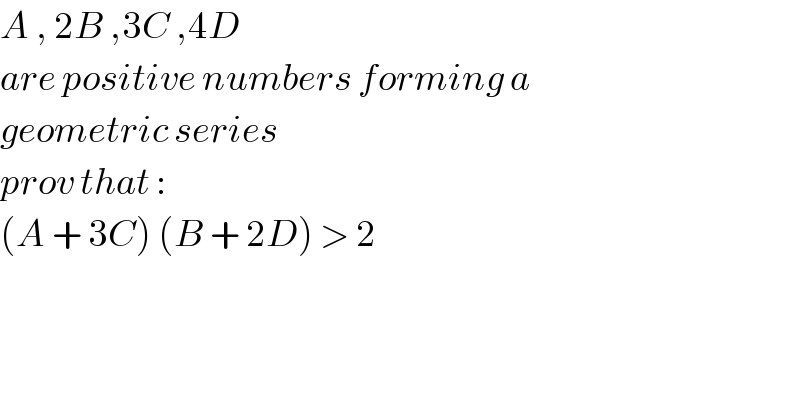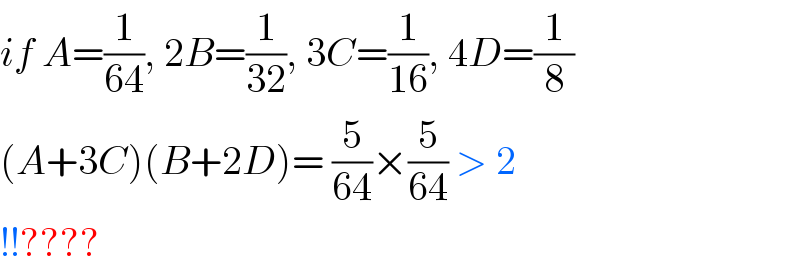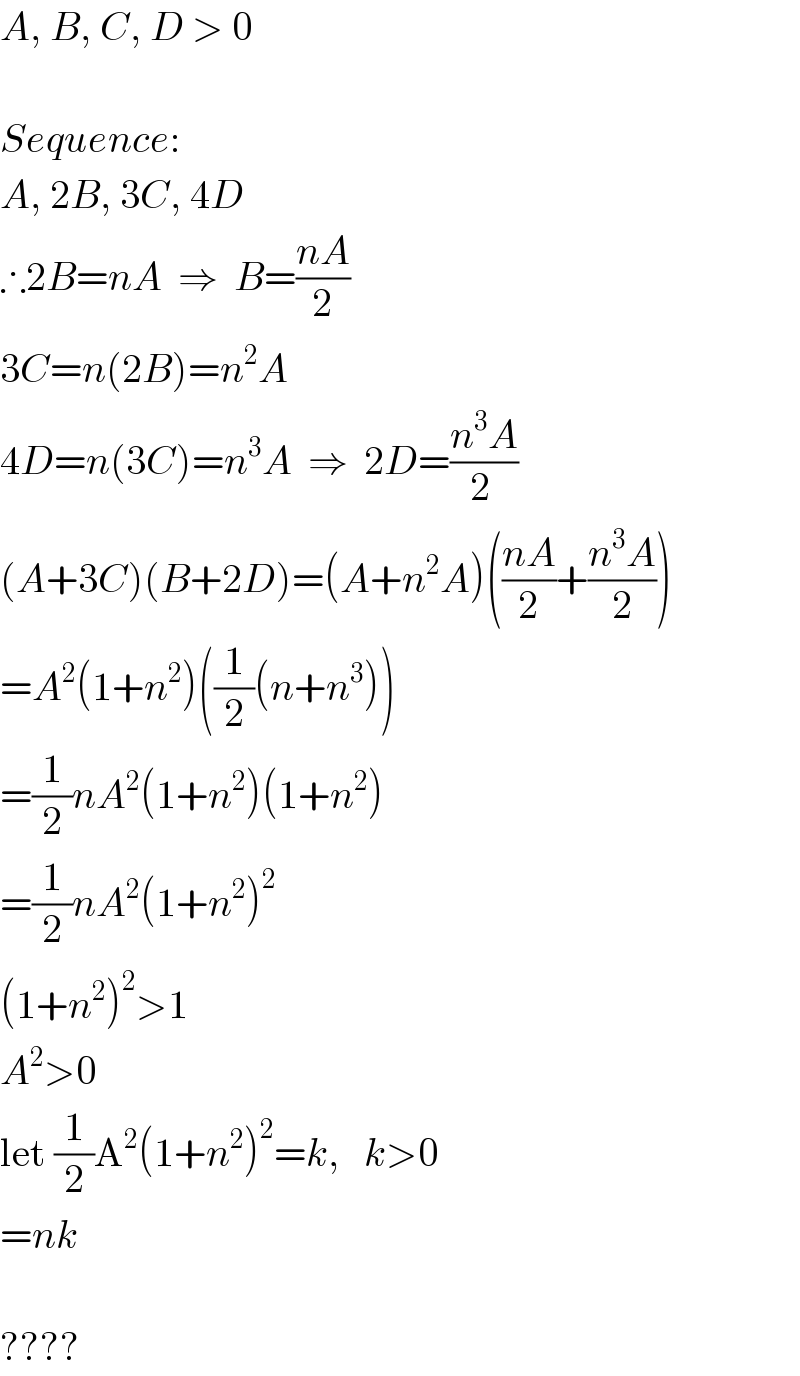
Question and Answers Forum
Question Number 11956 by Mahmoud A.R last updated on 07/Apr/17

Commented byajfour last updated on 07/Apr/17

Commented byFilupS last updated on 07/Apr/17

| ||
Question and Answers Forum | ||
Question Number 11956 by Mahmoud A.R last updated on 07/Apr/17 | ||
 | ||
Commented byajfour last updated on 07/Apr/17 | ||
 | ||
Commented byFilupS last updated on 07/Apr/17 | ||
 | ||